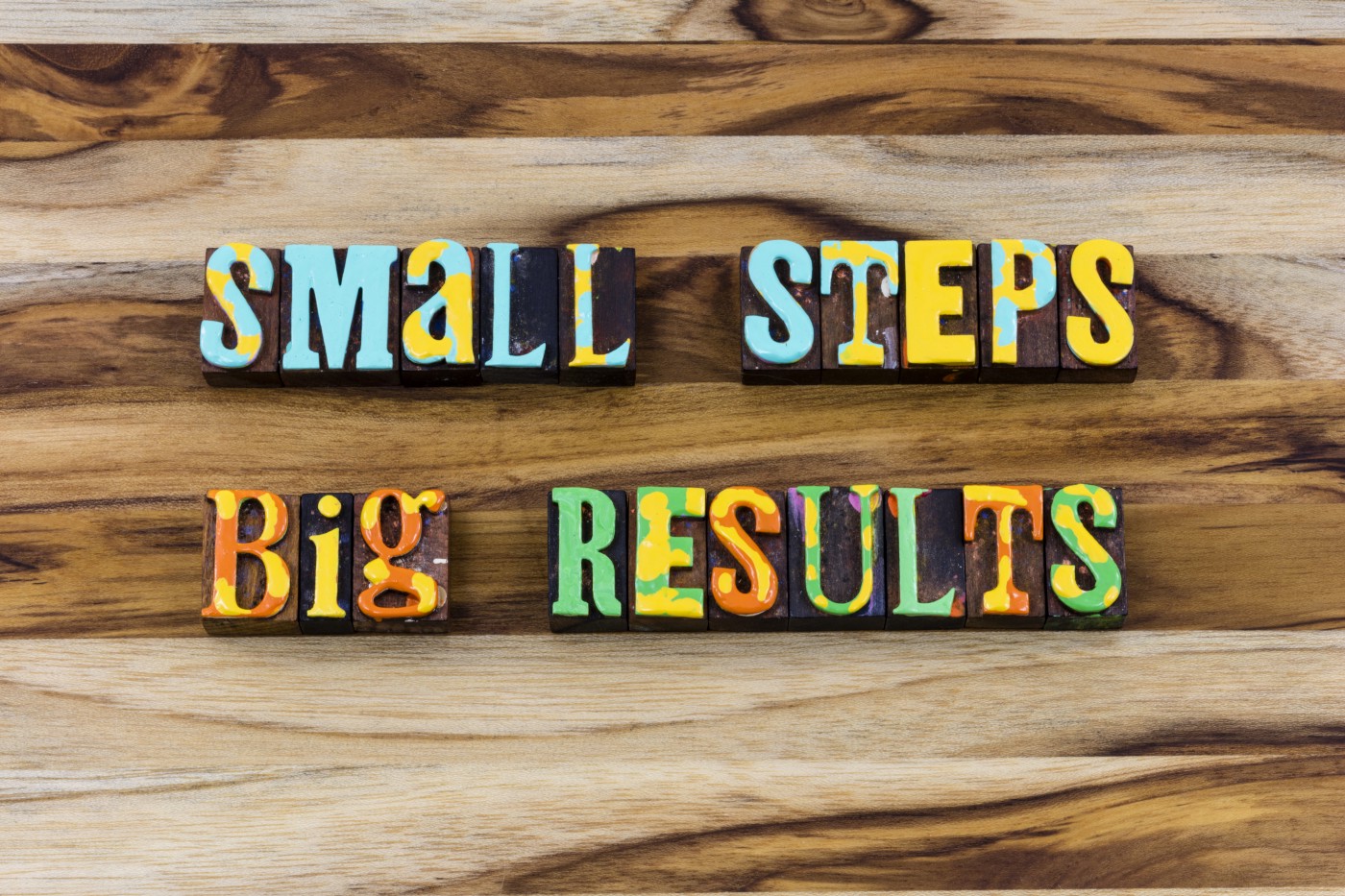Sometimes it takes a series of small steps to lead to big change. This is as true for building brand awareness or creating anticipation for a new film or television series, as it is for achieving personal goals. Going big often means going nowhere. Setting a huge personal goal can be so intimidating that nothing happens. And mass marketing can sometimes miss the mark because it doesn’t connect on an individual level. Small can become really big.
Viral videos didn’t start out as professionally produced content designed to capture the attention of millions. Originally, and occasionally they still are personal videos like reunions, kids, cats and dogs captured on a mobile phone that strike a chord. Friends share them, they are picked up by traditional media like The Today Show’s Morning Boost and then they become what everyone is talking about. It’s a great example of something that started small and then suddenly exploded onto our collective zeitgeist.
The growth of the influencer economy is another example of how well positioned individuals or small groups have been able to motivate change or action. It’s the evolution of personal word of mouth, our reliance on friends and family to inform decisions on everything from what to purchase or watch to who to vote for, all amplified by social media. Although the impact of social media influencers can be massive, they are more likely to engage with very specific audiences who then share with a larger group.
Although marquee entertainment brands are beneficiaries of massive marketing campaigns, those without big budgets rely heavily on grassroots marketing and social media to generate word of mouth. That’s why every year a few films and television shows that weren’t on billboards everywhere break through — take Netflix’s Lupin — and conversely there are some that are marketed heavily that don’t.
Perception also plays an important role. If our circle of friends and acquaintances are all talking about the same thing, the presumption is that everyone is regardless of whether or not it’s true. We see it generationally with pop culture and politically because of polarization. Despite the impact of social media, traditional media remains a powerful force because of its ability to reach a mass audience. Interestingly, it can also create the perception that something is bigger than it really is as New York Times columnist Shira Ovide writes in a recent column, offering as an example the perception that everyone is watching Netflix when in reality the majority are still watching conventional television.
From a PR perspective we know that a small group of passionate fans can turn a niche film into a cult classic or keep a series on the air — One Day at a Time and Veronica Mars are great examples. New always gets attention, which is why launching a company or product requires a well thought out narrative and strategy, not to mention the ability of a company to deliver on its promise. The audience — both business and consumer — is not forgiving if they feel they have been misled.
It’s important to think big even if execution is incremental. Most overnight sensations take months or years to achieve.
* * *
